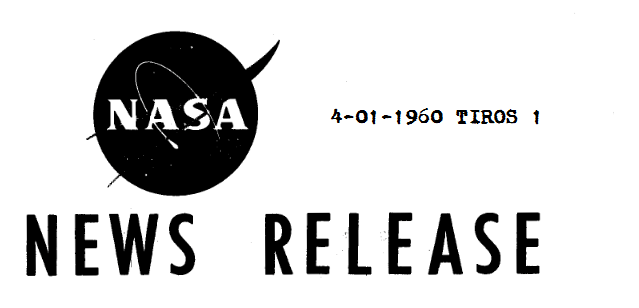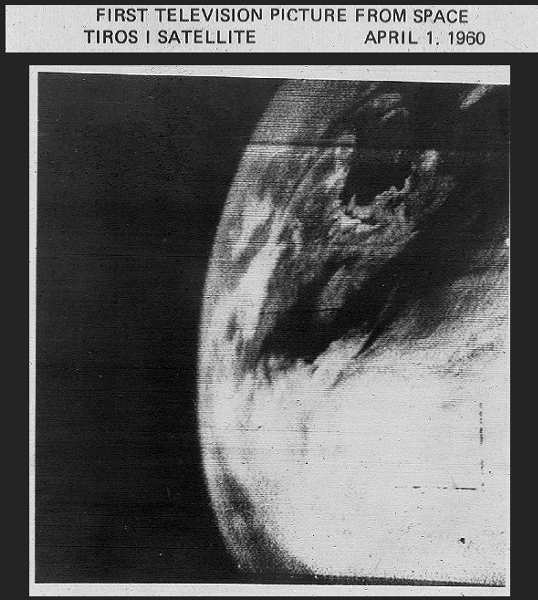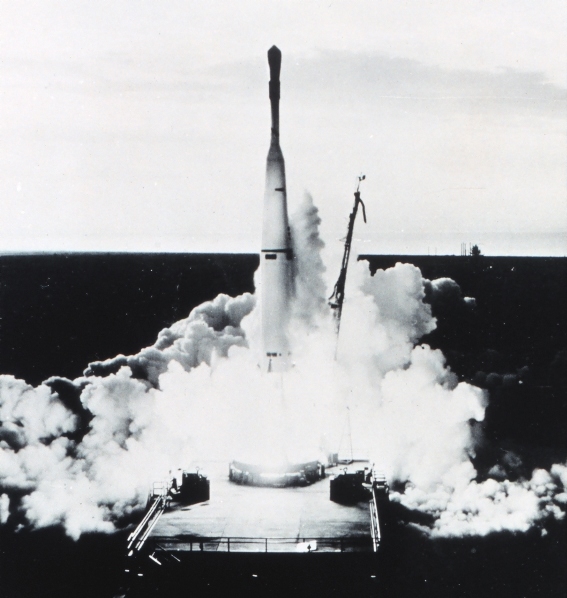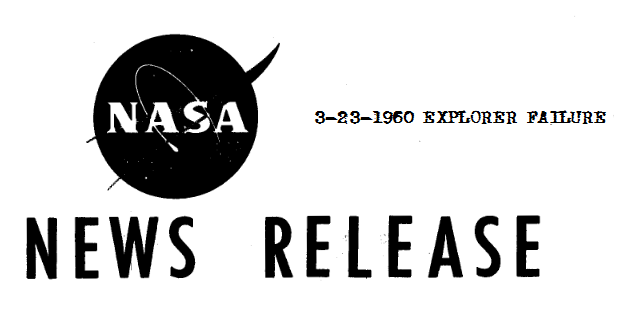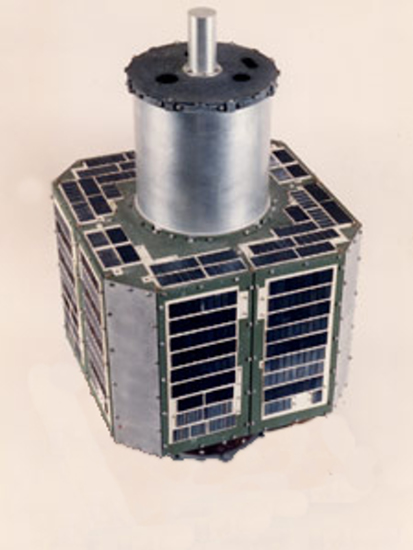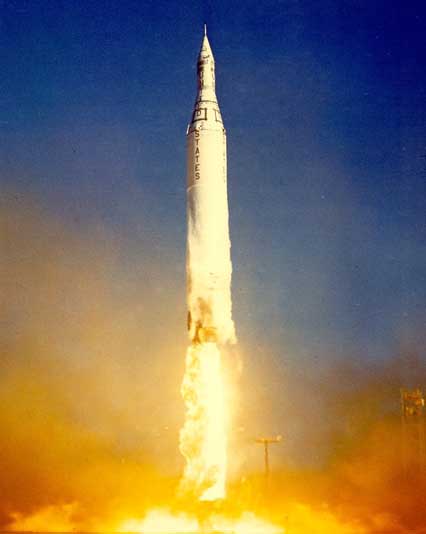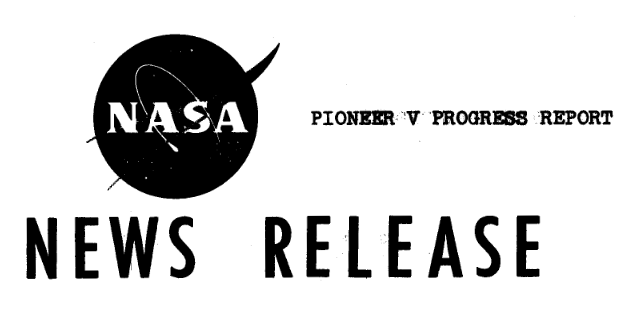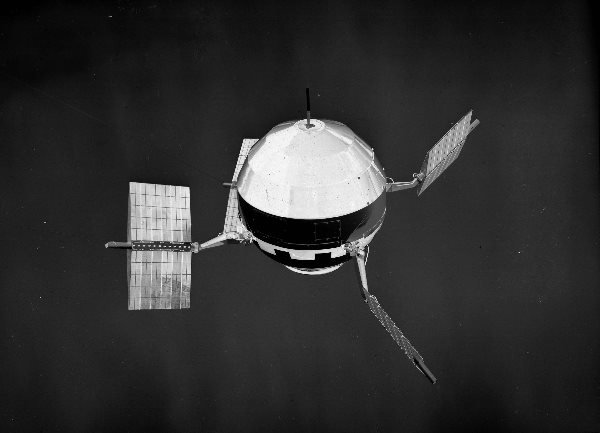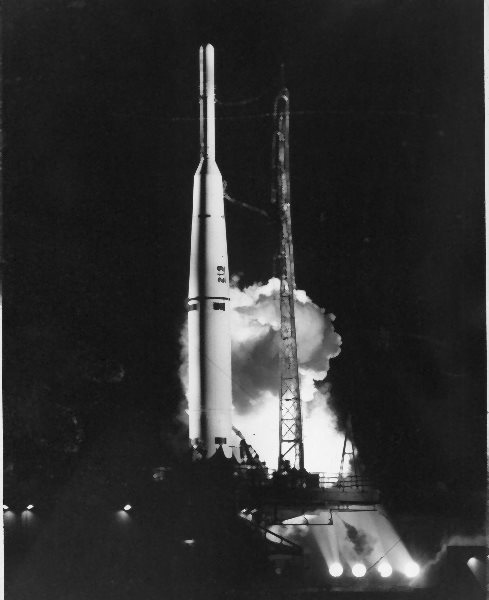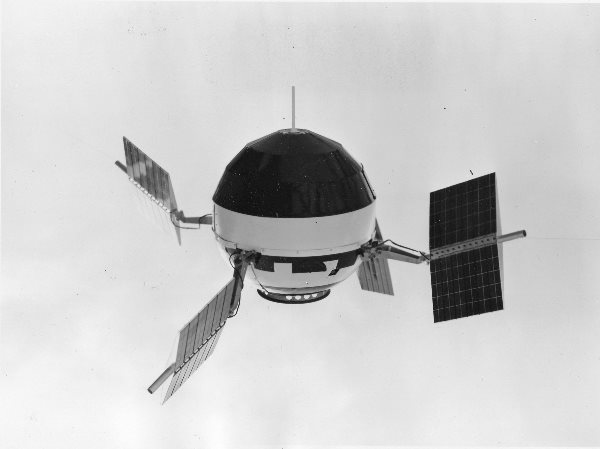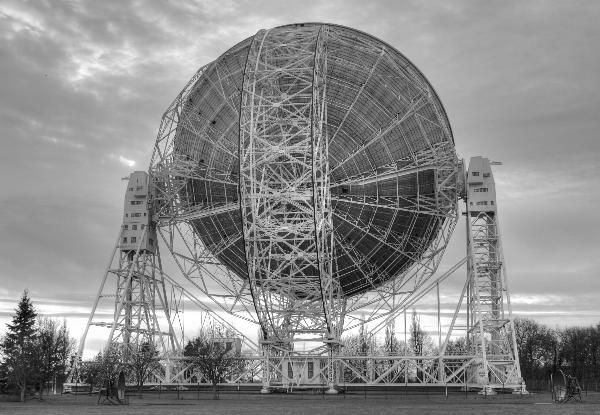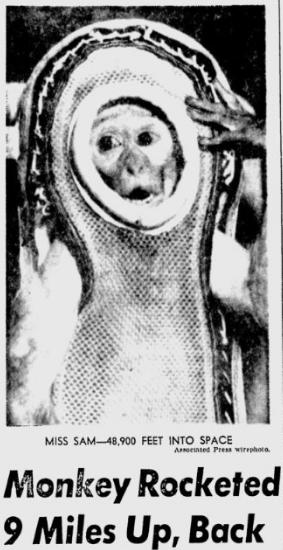
Imagine doing brain surgery by remote control.
That's just what STL engineer, Robert E. Gottfried, did over the weekend, on an ailing deep space probe.
Pioneer 5 blasted off on March 11, and it recently passed the 5 million mile distance mark on its way to the orbit of Venus. For more than a month, the doughty probe returned an excellent stream of data thanks to its digital brain, Telebit. This little computer allows the spacecraft to store experimental results and beam them back to Earth at regular intervals. Thus, observers on the ground get continuous readings of the magnetic, radioactive, and micrometeoroid properties of interplanetary space.
But then some of the data Pioneer was sending back became… strange. For instance, the spacecraft reported that its battery voltage was too low to send signals—as it was sending signals!
How do you fix something that's twenty times as far away as the Moon? First, you figure out what the problem is. Luckily, Pioneer's builders (Space Technology Laboratories in Los Angeles) had the foresight to make a back-up copy of the Telebit hardware. Gottfried poked and prodded the thing until it started giving him results that matched the ones received from Pioneer's system. Through painstaking tracing, the culprit was found—a single faulty or damaged diode, a pinhead-sized component, one of 1500.

The result was that there was a consistency to the flawed data that could be compensated for. Once Gottfried knew what the problem was, he could create a program that would take data from the bad Telebit and translate it into good data. The digital patch worked. While we can't fix Pioneer 5, we can now translate its gibberish into useful science. For his efforts, NASA's chief administrator, Keith Glennan, dubbed Gottfried "The Long-Armed Repairman" in a congratulatory telegram.
For the curious, Pioneer 5's cooling systems maintain its internal temperature at a balmy 50 degrees. Not bad for being in the vastness space! The probe is still using its lower power 5-watt transmitter, and is still being received clearly at the giant Jodrell Bank radio telescope in England. However, the smaller "dish" in Hawaii is already having difficulty picking up the spacecraft, so it is likely that Pioneer will start using its bigger 150-watt transmitter next week. NASA believes we will be able to communicate with the probe as far out as 50 million miles!
To give you an idea of how amazing this is, think about the stations you pick up on your AM radio. They broadcast at around 50 thousand watts, and you can only hear them if they are relatively close (one can pick up some fairly distant stations at night, but none are more than a thousand miles or so away.)
Of course, your antenna is probably a telescoping rod or a long wire. The dish at Jodrell Bank is 250 feet across! Nevertheless, that it can pick up such an unprecedentedly distant and weak signal is almost miraculous. I say "almost" because it was not luck that made it happen but good engineering and pioneering digital technology.
Quite a remarkable feat, and worthy, I think, of an article.






